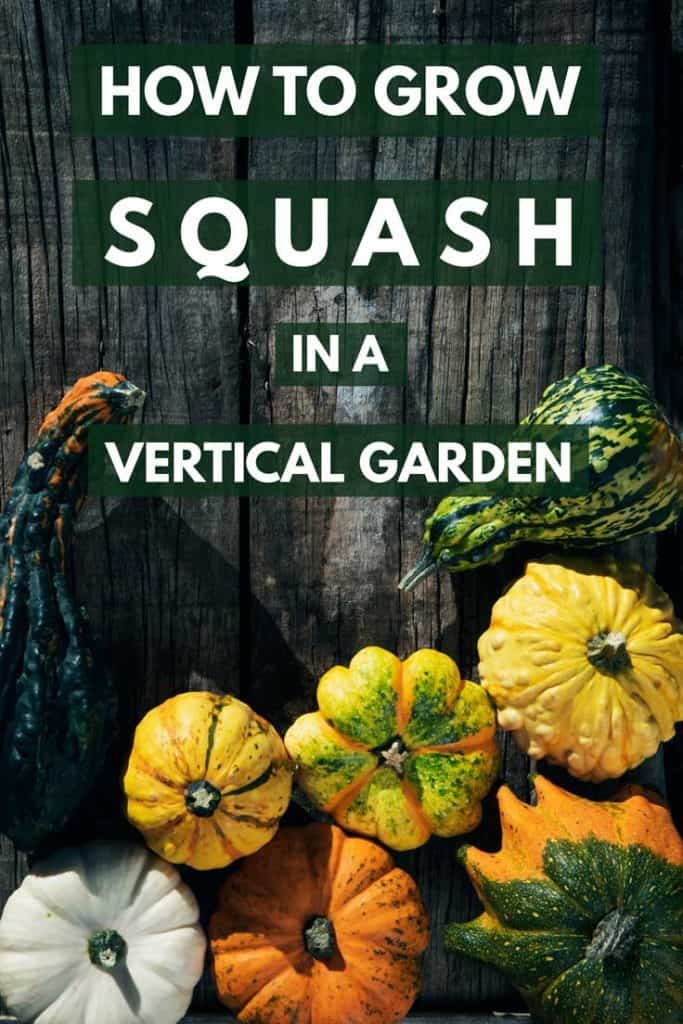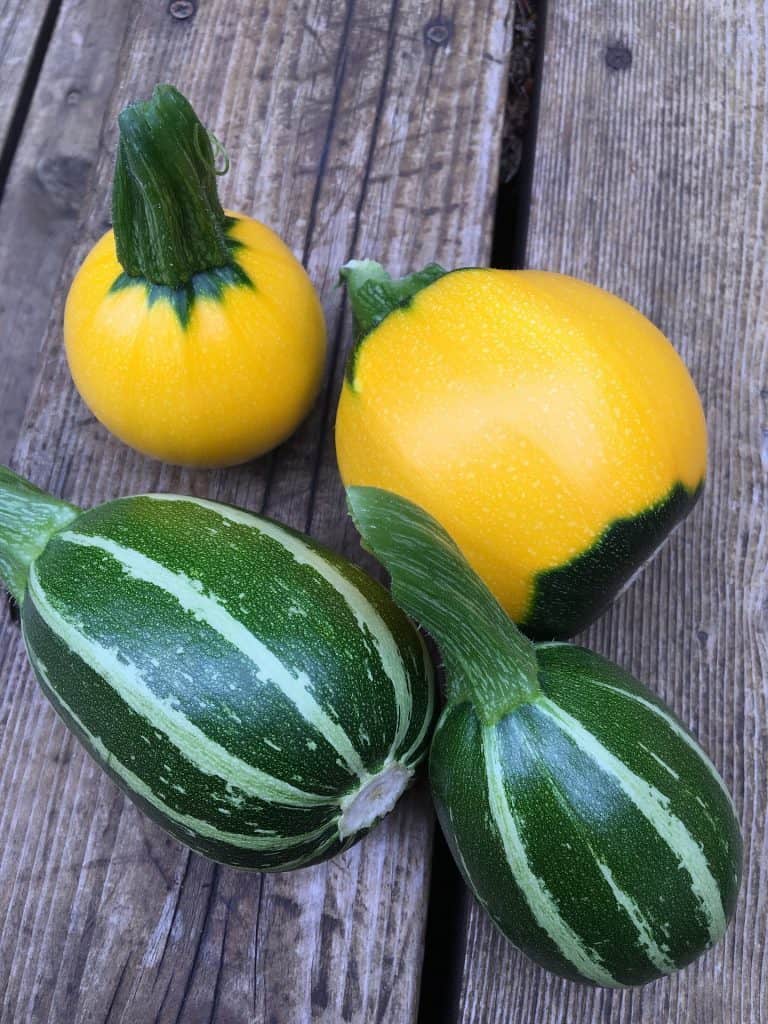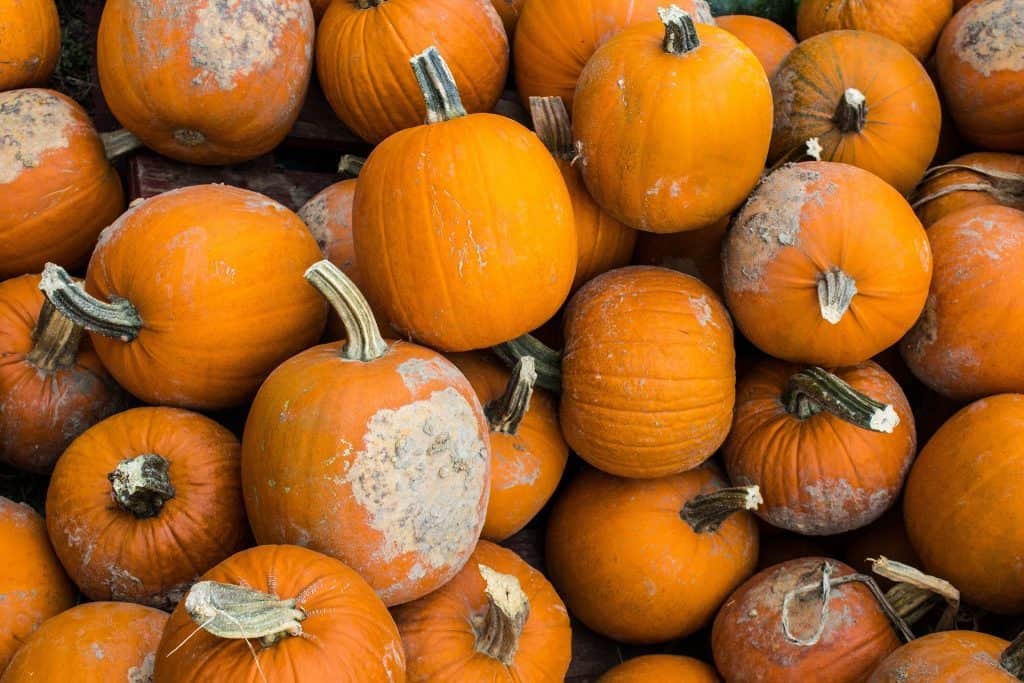 Squash is well known as one of the easiest and most prolific plants you can grow in your garden.
Squash is well known as one of the easiest and most prolific plants you can grow in your garden.
With just a tiny seed, some soil, and some love, these green wonders eagerly sprawl across your garden.
Not all of us have the luxury of boundless garden space.
And then there’s the allure of a neat, vertical garden that saves space and makes a stylish statement.
So, the million-dollar question is: can the adventurous squash adapt to this high-rise lifestyle? Absolutely!
Growing squash in a vertical garden is as simple as can be so long as you follow these nine easy steps:
- Choose your location- Squash thrives in full sun.
- Amend your soil, as squash are heavy feeders.
- Build your vertical structure. This could be a sturdy trellis, teepee, or tomato cage.
- Choose your plants or seeds. Do you want summer squash or winter squash?
- Water frequently. Squash are heavy feeders and need a lot of water.
- Train your plants to grow up the structure.
- Maintain your plants by fertilizing and providing pest control as needed.
- Provide additional support for the fruit if necessary. Large or heavy squash, especially some types of winter squash, may need support for the gourds as they grow.
- Harvest and enjoy the fruits of your labor!
There are several options when it comes to choosing a structure type and when deciding what to plant. Below are more in-depth details to harvest a bumper squash crop this summer!
Choose Your Location
Squash loves the sun and needs to be planted in full sun, which is an area that gets 6 or more hours of direct sunlight per day.
They also are heavy feeders that need a lot of water. You will want to consider these requirements when choosing a location to plant in.
Up against a sunny fence is a great spot, as the fence can provide additional support for your vertical structure.
Amend Your Soil
Once you have chosen the location, you must build your garden bed. You can plant directly into the ground or build a raised bed.
Either way, you will want to incorporate good garden soil with a slow-release fertilizer or mix in decomposed manure and compost to provide plenty of nutrition for your plants.
Squash is traditionally planted in hills, and as they grow, they put down roots along their tendrils, which absorb water and nutrients.
Since they will not have that option when they are growing up a trellis, you must be providing them with what they are missing.
Build Your Vertical Structure
There are many options for a vertical structure that can support squash. The best options are a strong trellis, a teepee-style support, or a metal tomato cage.
The main thing to remember is that a healthy squash plant can grow extremely large, and when it sets fruit, that fruit will be heavy. If proper support is not provided, the fruit might fall off before it has time to grow, or the vines could snap.
You can craft a trellis or teepee-style support yourself from wood or fencing. Alternatively, there are some simple commercial options available, such as these:
Click here to buy this Master Garden Teepee Trellis on Amazon.
Click here to buy this Panacea A-Frame Trellis on Amazon.
Click here to buy this Dura-trel Winchester Trellis on Amazon.
Any of these or similar styles will work great, depending on the design of your garden and the type of squash you want to grow.
Choose Your Squash
Next, you must decide what kind of squash you want to grow. There are summer and winter types - and so many varieties to choose from!
Check out this post about the 54 types of squash before choosing one. There's no need to click through now - we'll link to that again at the end of the post!
Summer Squash
Summer squash is thinner-skinned and is grown, harvested, and eaten fresh. The most common types of summer squash are:
When you imagine a squash, Yellow Straight or Crookneck Squash is probably what you are thinking. They are bulbous at the bottom and thin at the top or neck. They are typically bright yellow and are smooth-skinned.

Zucchini squash is similar in shape to the yellow squash but is typically green in color.
These squash have found mass popularity due to their versatility in cooking. They frequently substitute pasta in low-carb dishes or are grated and used to make bread or muffins.
Round zucchini is essentially the same as regular zucchini but round. They are great for stuffing, or you can even use them as a substitute for a bread bowl for soup.
Patty Pan Squash are shaped like small flying saucers with scalloped edges. They are more challenging than yellow squash or zucchini, which makes them a great addition to stews. They can be either green or yellow in color.
Winter Squash

Winter squash has a thicker rind and can be stored for use later in the winter, hence the name. These types of squash tend to be larger and heavier, so the fruit will need additional support so they don’t break off as they grow.
There are several types of winter squash commonly grown.
Spaghetti squash can get quite large, so it is not necessarily the best choice for a vertical garden. However, It can be done so long as each fruit is supported as it grows.
Spaghetti squash is called that because, once cooked, the inside peels into spaghetti-like pieces. Served with pasta sauce, it is an excellent substitute for low-carb dieters.
Acorn squash is shaped like an acorn and weighs between one and two lbs. It is yellowish-orange in color and has a mild sweet flavor. It is very versatile and can be cooked in several ways.
Butternut squash is a reasonably large squash, so that it will benefit from the same support as spaghetti squash. It is the sweetest variety of winter squash. It is beautiful in soup, roasted, or sautéed.
Water Frequently and Well
Squash needs a lot of water, so you must water it often. If you are pressed for time or forgetful, consider installing an irrigation system on a timer.
This will ensure that your plants get plenty of water without worrying if you get busy and forget.
Train Your Plants to Grow up the Structure
Squash plants naturally spread outwards, so you must train them to reach your support system. This is easy to do.
As your plants grow, loosely secure the vines to the structure with twine. As it continues to grow, the tendrils will start to wrap and grow around the support.
Move and add more twine as needed to support the weight of the plant and the fruit; make sure that it is tied too lightly to the structure, as this could damage your plant.
Plant Maintenance
Fertilizer
As previously mentioned, squash is a heavy feeder, so you must ensure your plants receive the appropriate nutrition. Fertilize monthly using a 5-10-10 fertilizer.
Pest Control
The worst and most common pest to afflict squash is the squash vine borer. This small, cream-colored caterpillar bores and inserts itself into the cine of the plant.
This will ultimately result in the wilting and death of your squash plant. The best solution is to apply pesticides to the soil when planting to kill any of them that might be living in the soil.
They are challenging to detect until it is too late, so it is best to take a proactive approach.
The cucumber beetle and squash bugs are also common pests. These need to be removed by hand.
Make sure that you are wearing gloves when you do so. You can also control them with pesticides. It is best to use an organic pesticide, so you are not spraying chemicals on the fruit.
Click here to buy this on Amazon.
Provide Support for Your Fruit
The fruit from some squash plants, especially winter squash, can grow large and heavy.
You will need to provide additional support for the individual fruits to keep them from breaking off before they are ripe or snapping the plant's limbs under the weight.
You can do this by slipping the fruit inside a sling of pantyhose secured to the structure. It will keep the squash from falling to the ground and expand as the fruit grows.
Harvest and Enjoy the Fruit of Your Labors!
Squash will produce an abundance of fruit throughout the growing season. Be prepared to share with family and friends, as there will be so many squashes that you won’t know what to do with them all!
Suggested reading
As promised, here's the link again -54 Types of Squash you can grow in your garden
Once you finish reading that, head over to this mega-post about the top online stores for buying pumpkin and squash seeds.
And just in case you'll be choosing this, here are our guides for growing certain types of squash -
When and How to Harvest Butternut Squash
And don't forget to leave us a comment and let us know how growing squash in a vertical garden worked for you!




